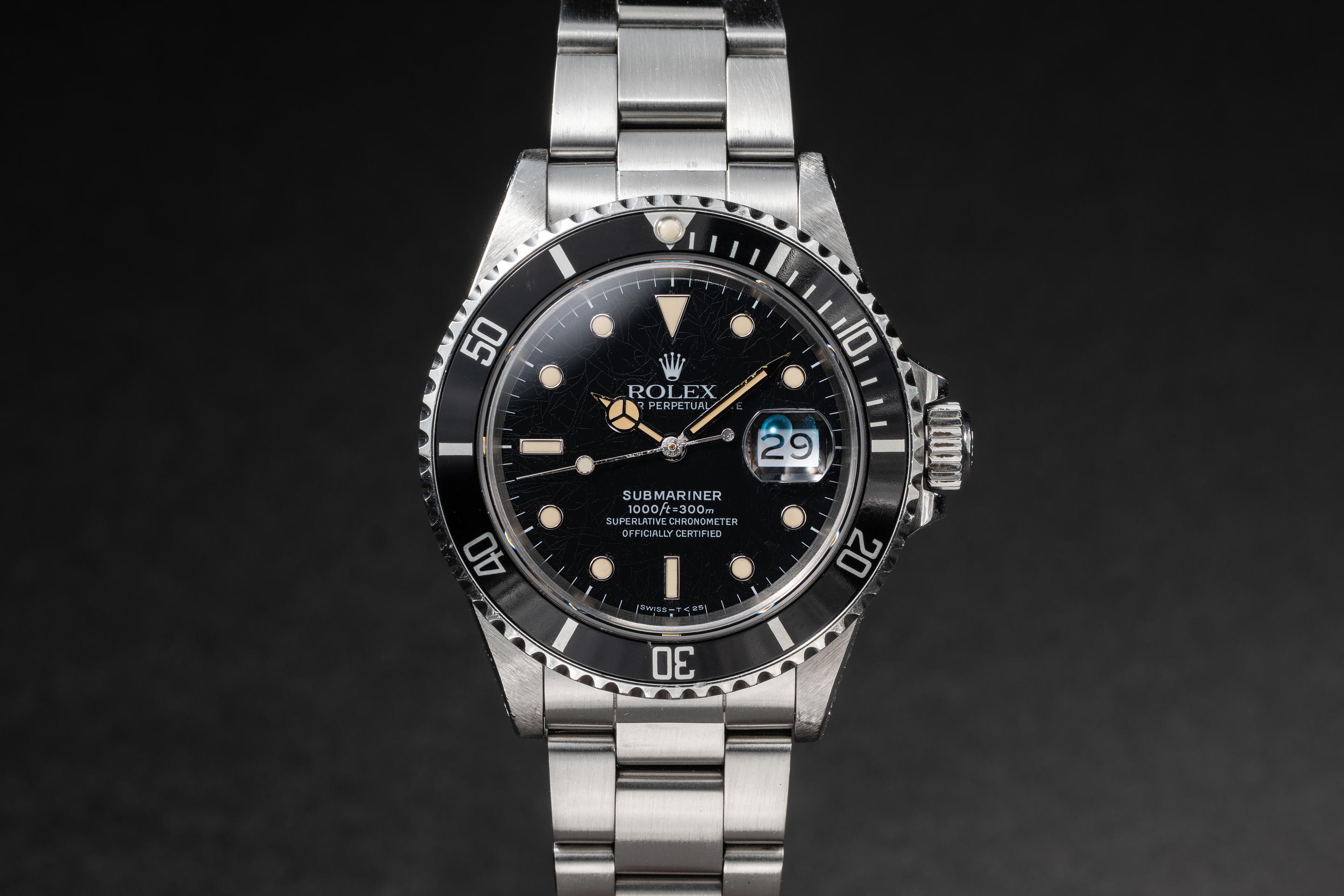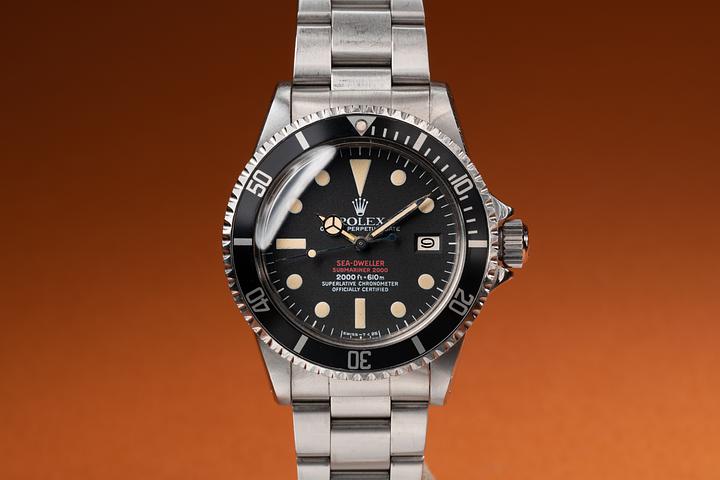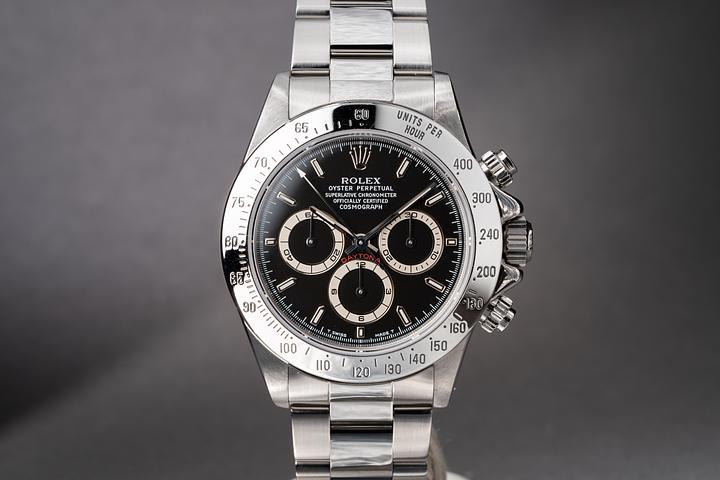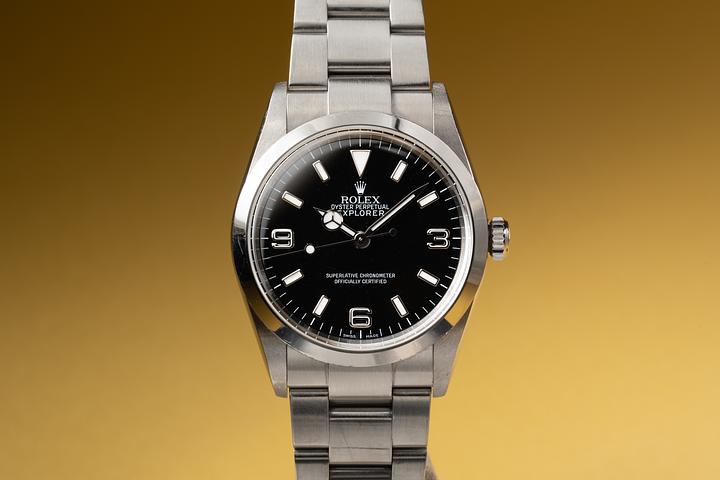Who Owns Rolex and Why It’s Unlike Any Other Watch Brand

Who Owns Rolex? A Look Inside the Crown of the Swiss Watch Empire
When someone says “luxury watch,” chances are the image that pops into your mind is a Rolex. That gleaming crown logo is practically shorthand for timeless style and impeccable craftsmanship. But behind the pristine dials and the stainless steel elegance lies a fascinating structure—one that has turned Rolex into one of the most enigmatic and admired brands on the planet. So, who owns Rolex? The answer is far from typical and, honestly, kind of genius. To really get it, you have to dig into the brand’s unusual business model, a little Swiss history, and a nonprofit organization that quietly rules the luxury watch world.
The Hans Wilsdorf Foundation: The Quiet Guardian of Rolex
Rolex is not owned by a private individual or a publicly traded corporation chasing quarterly profits. Instead, the luxury watchmaker is wholly owned by the Hans Wilsdorf Foundation, a private family trust based in Geneva, Switzerland. Established in 1945 by Hans Wilsdorf, the founder of Rolex, the foundation was created with a single mission in mind: to secure the company’s future beyond his lifetime. Wilsdorf, a German-born visionary who had already transformed the wristwatch from novelty to necessity, structured Rolex in a way that would ensure longevity, stability, and independence above all else.
Hans Wilsdorf: The Man Behind the Brand
Let’s take a quick moment to rewind. Hans Wilsdorf founded Rolex in 1905—yeah, the early 20th century—and he did so in London before relocating the brand to Geneva, Switzerland in 1919. That move was strategic. Switzerland was, and still is, the mecca for high-end watchmaking. The decision not only aligned Rolex with the finest horological traditions but positioned it perfectly within the global luxury scene.
Wilsdorf himself was a marketing genius, which is wild because most watchmakers weren’t really tuned into branding back then. He understood that precision and branding go hand in hand, and his creation of the Rolex name—a word he believed was easy to pronounce in any language—was intentional. Even decades later, the foundation that bears his name continues to make decisions through that same thoughtful lens.
Why the Foundation Matters So Much
The Hans Wilsdorf Foundation, to be clear, is a nonprofit. That means Rolex is technically a nonprofit entity, even though it operates commercially and generates billions in revenue each year. The foundation reinvests profits back into the company, contributes to charitable causes (largely within Switzerland, though not exclusively), and has zero obligations to disclose detailed financials to the public—a rarity in the luxury goods world.
That structure grants Rolex an almost mystical air of secrecy, but it’s also undeniably strategic. They’re not beholden to shareholders or Wall Street. This allows Rolex to operate with long-term vision rather than short-term gains. New model releases aren’t dictated by market trends but by internal benchmarks for quality and brand consistency. Innovation is slow, deliberate, and often trend-defying. All that probably sounds kind of boring from the outside, but it's actually genius—and frankly, it’s a major reason Rolex has remained relevant for more than a century.
The Swiss Watch Industry and Rolex’s Exceptionalism
Switzerland has long been synonymous with fine watchmaking. Brands like Patek Philippe, Audemars Piguet, and Omega form the backbone of the industry, but Rolex stands apart—not necessarily because it’s more luxurious, but because it's more pervasive. Rolex accounts for a significant percentage of global Swiss watch exports by value.
And yet, despite its massive scale, Rolex is unique in the way it balances exclusivity with availability. It’s a huge brand, but still somehow feels bespoke. That’s no accident—it’s another result of the brand’s foundation ownership. Because they’re not trying to conquer every emerging market overnight or flood stores with new models every six months, Rolex manages to feel both timeless and current. That balance is absurdly hard to pull off, and they’ve absolutely nailed it.
Beyond the Watch: Philanthropy and Social Impact
Another key point about the Hans Wilsdorf Foundation is its philanthropic arm, which goes deep—like, deeper than people often realize. The foundation funds educational programs, supports the arts, and provides social housing initiatives, primarily focused in Geneva. This humanitarian angle often flies under the radar because Rolex rarely brags about it. While brands today rush to create CSR pages and social campaigns, Rolex has been quietly giving back since before it was fashionable. There's something very Swiss about that—reserved, efficient, committed to impact over headlines.
This value-driven approach also protects the Rolex brand from the kind of volatility other luxury names might face. In times of economic downturn or shifting political climates, its structure allows it to move more gracefully, focusing internally rather than scrambling to reassure investors or rebrand overnight. Again—cooler heads prevail. It’s like legacy insurance, written into the very DNA of the company.
So, Who Really Owns Rolex? A Legacy, Not a Person
To answer the question simply: Rolex is owned by the Hans Wilsdorf Foundation, a private nonprofit trust in Switzerland, founded by the brand’s creator to ensure independence and long-term success. There’s no billionaire CEO making splashy headlines, no shareholders with quarterly expectations. There’s just a focused, quietly powerful organization deeply committed to its mission—crafting the finest watches in the world, upholding the legacy of Hans Wilsdorf, and giving back in meaningful, considered ways.
This is what sets Rolex apart—not just the watch itself, but the whole philosophy behind it. In an industry where the line between precision and prestige is razor-thin, Rolex has maintained its edge not by chance, but by design. And now you know: the crown isn’t just a symbol—it’s a promise, one that’s been kept quietly and brilliantly for over a century.




